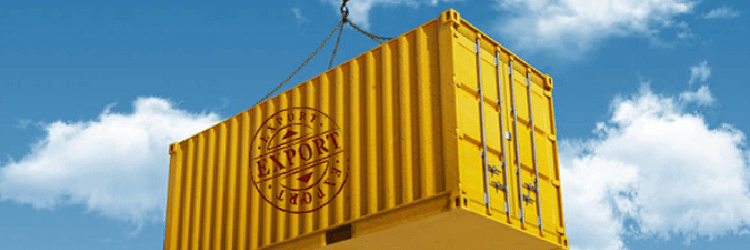
Implications of GST for Indian Exporters
Indian exporters are worried about several problems that the upcoming Goods and Services Tax (GST) regime could create for them. India’s GST administration will be unique in its “dual control.” The international experience on management of GST or Value Added Tax (VAT) largely points to exclusive control of federal governments: Federal tax administrations administer the GST/VAT, and the revenues collected are distributed to states (or provinces) according to their consumption indices. The advantage of this system is avoiding overlap of GST administrative control between the federal and provincial governments. India, however, is introducing a different system, where the central and state governments will simultaneously control the GST.
The GST Council, comprising representatives of the central and state governments, has decided that state governments will have administrative control of 90 percent of GST taxpayers with turnover of up to Rs 1.5 crore (15 million). The remaining 10 percent will be under the control of the central government. GST taxpayers with turnover of more than Rs 1.5 crore will be split 50:50 between the central and state governments.
There is no clear indication as of yet on what yardsticks will be employed for deciding which taxpayers will be assessed by the states, and which will be assessed by the Centre. The ambiguity is creating considerable confusion and worry among taxpayers, including exporters, who are particularly concerned about the prospect of being assessed by state governments.
Several state governments in India might not have the capacities for administering the GST. From the beginning, the administrative framework for implementing the GST has been conceptualised by central government customs and excise officials. But now, state government excise officials are being empowered to play a much larger role. Whether they are capable of doing so is an important issue. This has been brought up by central government customs and excise officials in their protest of the GST Council’s decision to grant states’ exclusive control to tax a large number of GST taxpayers.
Many exporters, particularly those among medium and small enterprises, have turnovers up to Rs 1.5 crore. The majority of these would be assessed by state governments under the GST regime. Apart from being uncomfortable at the prospect of being assessed by state officials unfamiliar with the new tax, exporters are worried about the states’ digital capabilities — or lack thereof. The administration of the GST is going to be based on the GST network, or the GSTN, which will be a completely digital network for the recording, taxing, and refunding of transactions. Many states, understandably, might not have the technological infrastructure required to successfully manage the GSTN.
The limited ability of states to handle digital transactions became evident during the recent demonetization of the Indian currency. The success in shifting to digital payments from cash-based transactions varied considerably across the country, with smaller towns and rural areas experiencing maximum distress. It became obvious that many parts of the country lack the technological infrastructure required to enable digital payments. This might become a handicap in efficient management of the GST for many states.
Apart from dual control, exporters are also worried about refunds. The GST is to be implemented on the principle of non-exemption. This means at every stage of the supply chain, from raw materials to the final product, the GST will be paid on each good and service used. Exporters would expect refunds on the GST that they paid at various stages of production. Without them, their production costs would increase substantially, making them uncompetitive in the global market. However, the refund process under the GST might take quite long, given the involvement of both central and state agencies in the process. Delays in obtaining refunds would mean greater upfront expenses for exporters and higher working capital requirements. As it is, exporters often suffer from payment delays on foreign orders, and these delays affect their liquidity and ability to finance subsequent orders. If, in addition to these usual delays, refunds also are delayed under GST, then exporters might face serious problems.
To learn more about how Avalara can help you with GST automation, contact us through https://www.avalara.com/in/products/gst-calculation/
This blog is contributed by Mr. Amitendu Palit, a Senior Research Fellow at the Institute of South Asian Studies in the National University of Singapore.
Disclaimer: This blog is made available by Avalara for educational purposes only as well as to give you general information, not to provide specific legal or tax advice. The blog should not be used as a substitute for competent legal or tax advice from a licensed professional in your state or country.


